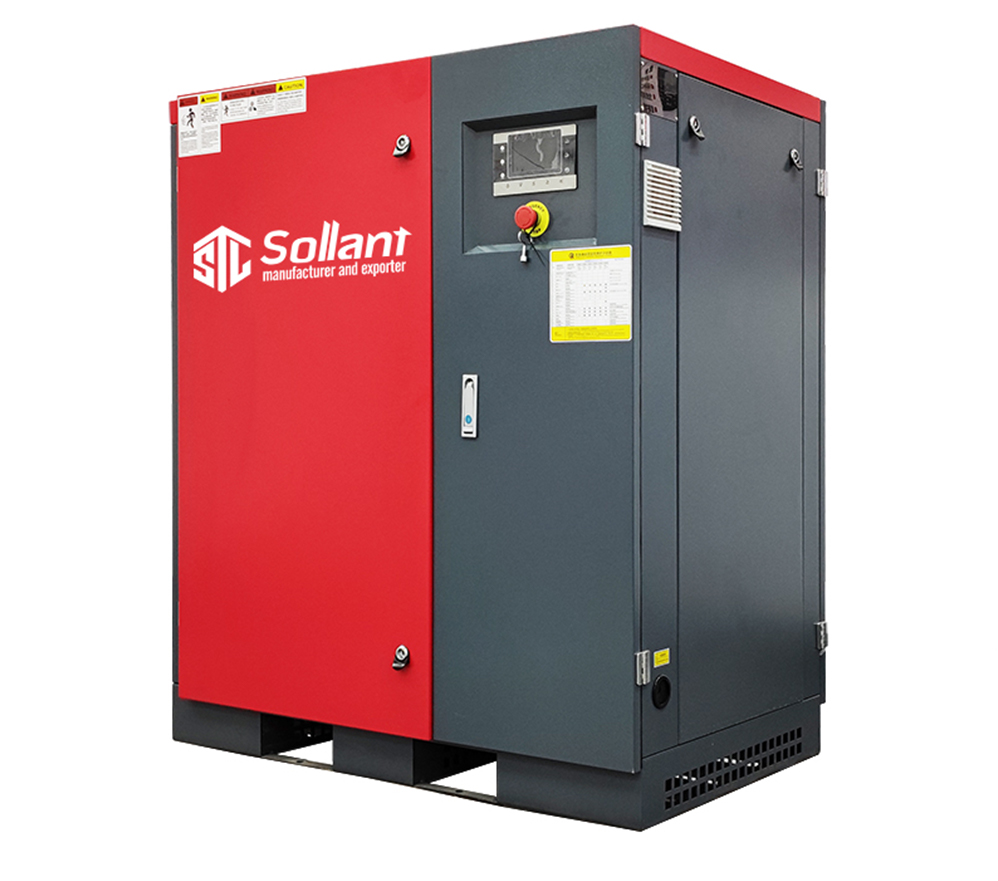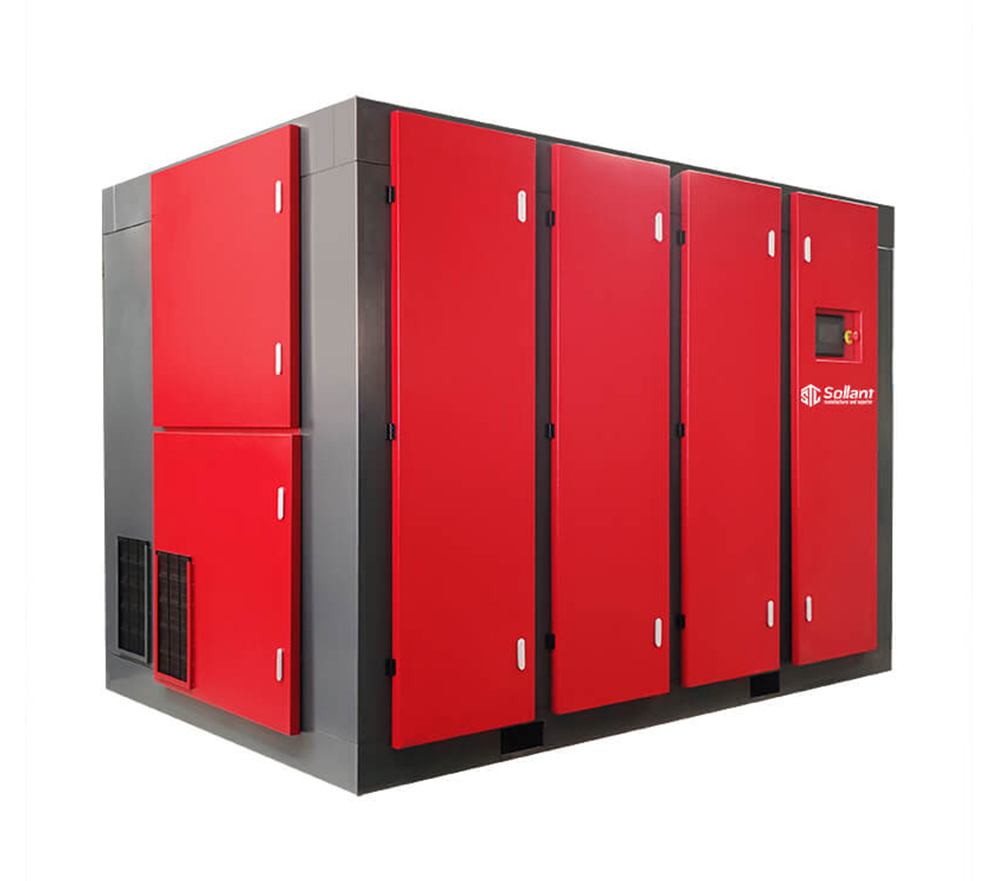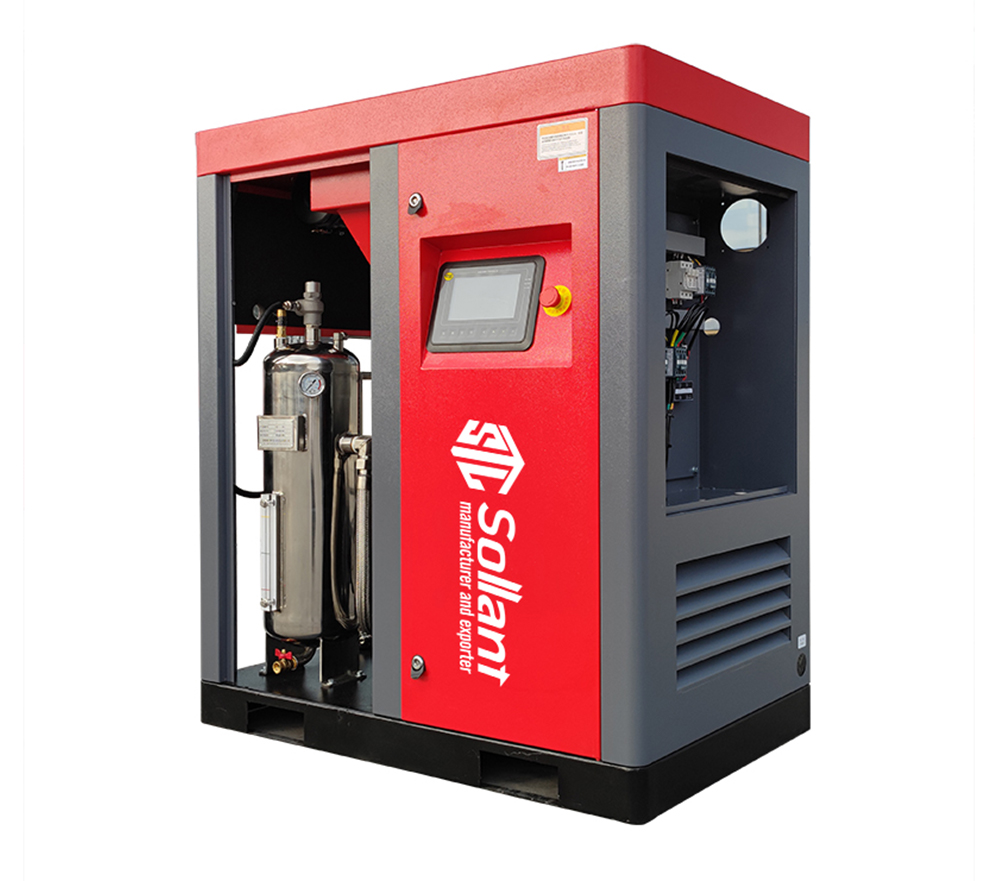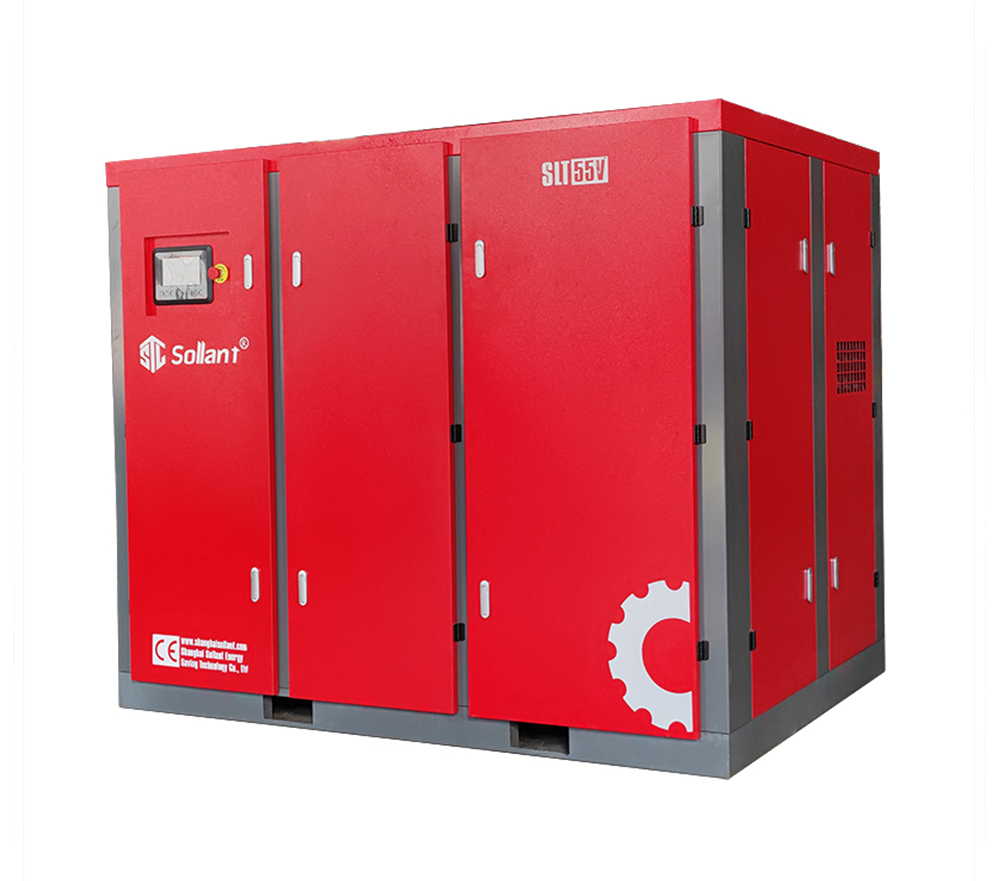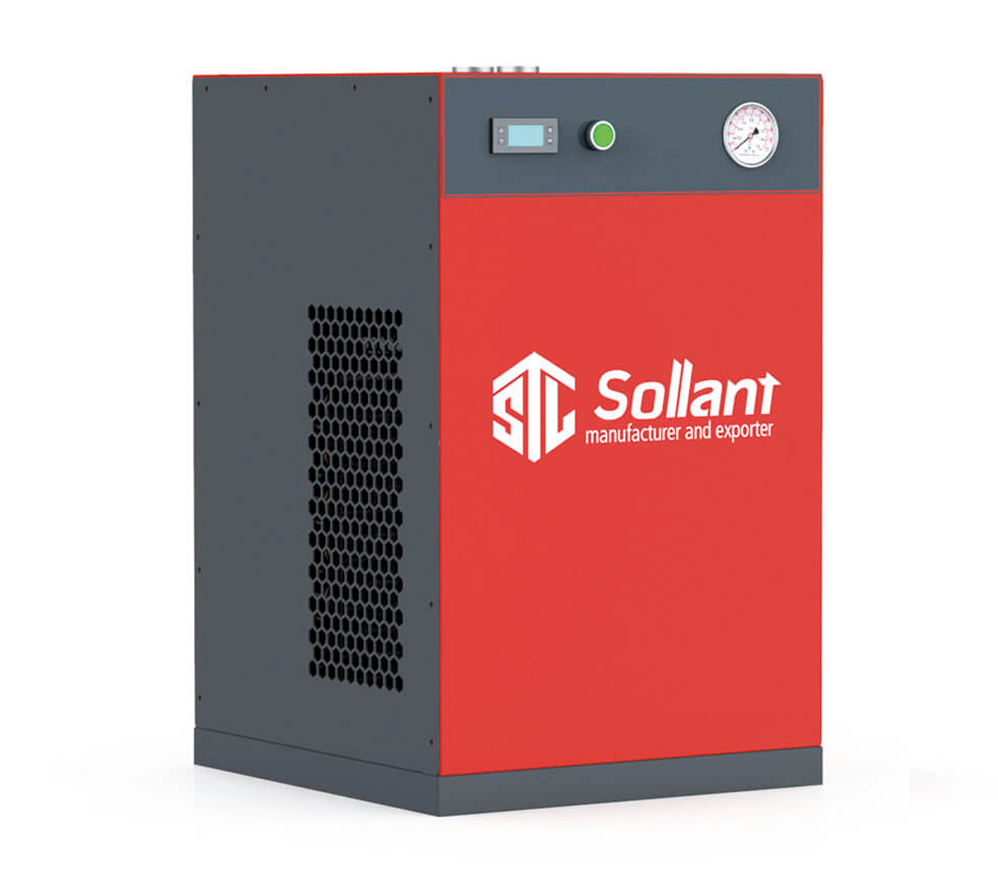Food and Beverage
Oil-free air is the key to ensuring product safety and quality in the food and beverage industry
Wide application of air compressors in the food and beverage industry
In modern food and beverage production lines, compressed air is known as the “fourth utility”, and its importance is no less than water, electricity and gas. As the core equipment for providing this key medium, air compressors play an irreplaceable role in ensuring food safety, improving production efficiency and optimizing product quality. From raw material processing to final product packaging, compressed air is everywhere.
- Drive and control in the production process
Pneumatic actuators and valve control: A large number of pneumatic valves, cylinders, manipulators, etc. on automated production lines rely on compressed air drive. For example, in filling, capping, labeling, sorting and other links, precisely controlled compressed air ensures smooth and efficient production processes.
Material conveying: Pneumatic conveying is an efficient and hygienic way to convey powdered and granular materials (such as flour, sugar, coffee beans, grains, etc.). Compressed air transports materials from one link to another, reducing the risk of cross contamination and simplifying operations.
- Cleaning and sanitation
Equipment cleaning and purging: Production equipment, pipelines and containers need to be thoroughly cleaned and purged before and after production or when changing products. Compressed air is widely used to remove residues, moisture and contaminants, ensure the cleanliness of equipment, prevent bacterial growth and cross contamination.
Bottle and can purging: Before filling beverages, empty bottles and cans need to be purged with high-pressure clean air to remove dust, debris and other impurities to ensure the hygiene standards of the products.
- Key applications in the packaging process
Packaging machinery: Various automated packaging machinery, such as vertical filling and sealing machines, pillow packaging machines, vacuum packaging machines, etc., are inseparable from the drive of compressed air. For example, in puffed food packaging, compressed air can be used to fill with nitrogen to keep food fresh and prevent squeezing.
Labeling and inkjet printing: Labeling machines, inkjet printers and other equipment also often use the pressure of compressed air to ensure the accurate fit of labels and the clarity of inkjet printing.
Pneumatic clamps and suction cups: In the process of product handling and palletizing, pneumatic clamps and suction cups can efficiently and accurately grasp and place products, reduce manual operations, and improve the level of automation.
- Process control and product quality improvement
Fermentation and ventilation: In the production process of fermented products such as beer, wine, and yogurt, clean compressed air or nitrogen (through a combination of air compressors and nitrogen generators) is used to provide microorganisms with necessary oxygen or an inert environment, thereby controlling the fermentation process and ensuring product flavor and quality.
Cooling and drying: Compressed air is also used in certain cooling and drying processes, such as in the quick freezing or dehydration of food.
- The importance of process air and oil-free air
In the food and beverage industry, compressed air that is in direct or indirect contact with the product must meet extremely high cleanliness standards. Therefore, oil-free air compressors are the first choice, or compressed air is purified through multi-stage filtration, adsorption drying, etc. to ensure that the compressed air does not contain pollutants such as oil, water, and particulate matter, so as to avoid affecting food safety and product quality. Some strict production environments even require air quality of Class 0 or Class 1 in ISO 8573-1:2010.


